I’ve done a fair share of interviews (mostly published here on Hyperight), but this one with Goran Cvetanovski, Founder & CEO of Hyperight and Editorial Director of the Data Innovation Summit, has certainly been one long-anticipated and well-deserved interview since I’ve joined Hyperight and the Data Innovation Summit. In the year when Data Innovation Summit turns 5, and as we are reflecting on the journey with data and analytics through the past summit editions (coming up shortly on our channel), it’s only fitting to give a fair presentation of the founder and creator of the biggest and most influential data and analytics event in the Nordics and beyond.
Together with Goran, we went on a reminiscence journey to 2016 – the year when the Data Innovation Summit was born, but also the year in which Data Science was an emerging discipline. Goran opened up about how the actual idea about the Data Innovation Summit was born, what the general sentiment was towards data and analytics in the Nordics and globally, the state of data innovation and digitalization of Nordic enterprises and what he learnt along these 5 years as founder of the event.
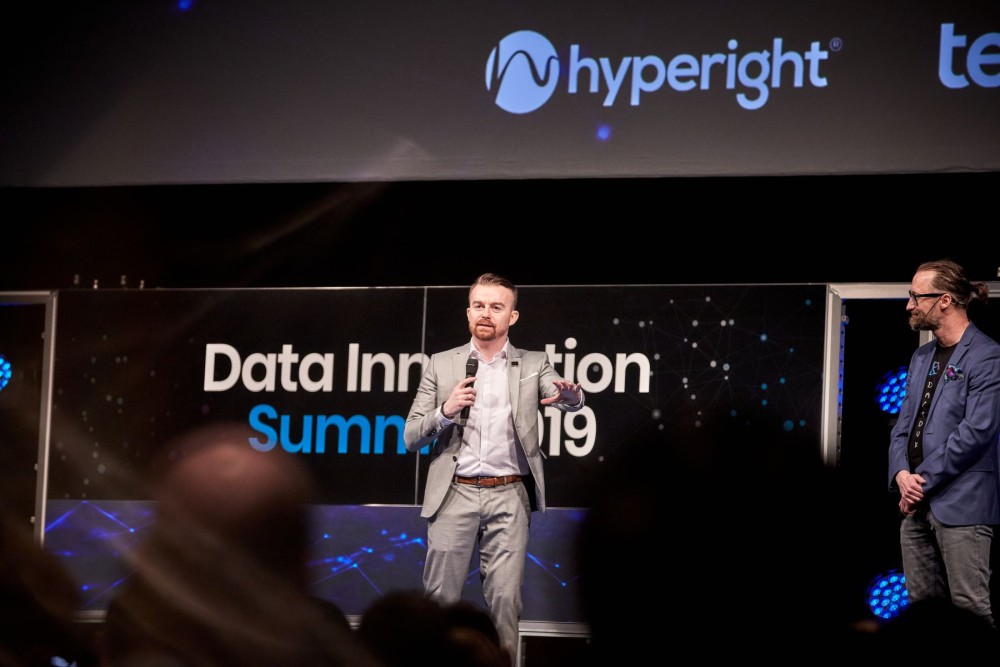

Hyperight: How was the idea born to organize an event that would bring together data professionals to share best practices and case studies of how to innovate through data?
Goran Cvetanovski: The idea came as an observation and in discussion with some of our contacts in the data practice in Sweden. Namely in 2015, all the fresh and big events tackling the topics of data innovation and advanced analytics were happening in the US and to some extent in the UK, but not in the Nordics. In the US, the focus was on data science and machine learning and we were still talking about digitalization and Business Intelligence which has been around for some decades. It seemed like the Nordics were missing the innovation train. Those Nordic data practitioners who really wanted to learn what is new on the market and sharpen their skill set, were travelling to the US to visit events. So, the idea was overly ambitious but simple – Create an event in Stockholm:
- That is made for practitioners who are tangibly working with data from collection to analytics, visualization, and automation,
- That will bring the latest and the most innovative data, advanced analytics and AI projects and technologies in one place,
- That will serve as a benchmarking platform between practitioners, companies, industries, and countries,
- That will act as a knowledge ballast between digital-born companies and traditional enterprises,
- That will help practitioners and organization across sectors to increase their advanced analytical capabilities and increase their competitive advantage in the new digital economy,
- That will become the most influential data event in the world by 2020 and
- That will put the Nordics into the regions with the best data event globally in this area.
We started working on it, we started speaking with the market and slowly we started making an impact.
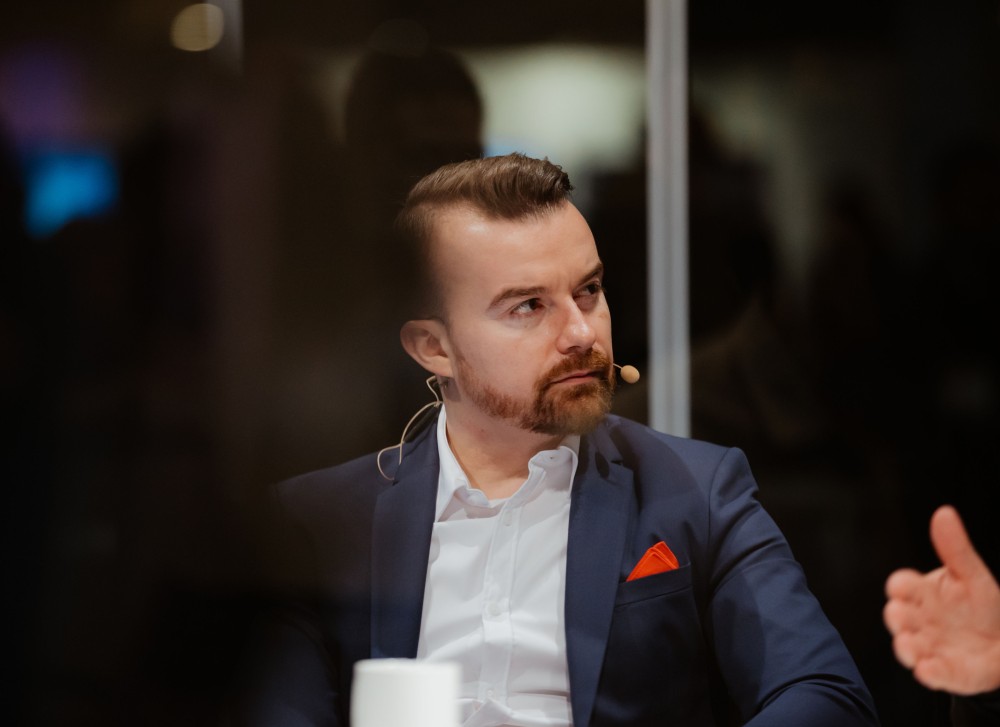

Hyperight: Were people and organizations ready for this kind of event in 2016?
Goran Cvetanovski: Yes and No. The first event was executed in March 2016. The Nordics at that point had already worldwide known digital-born companies like King, Spotify, Klarna, Supercell, Skype, etc. Those companies were already in pair with the Silicon Valley giants and their technological know-how and superiority. They had the best talent and worked with the latest technologies. The traditional mid-size and large enterprises were, however nowhere near that. The gap between digital-born companies and traditional enterprises was enormous. I remember during the 2015 and 2016 all the enterprise conferences were dominated by iceberg PowerPoint slides and how these new digital companies will kill the traditional companies if they do not digitalize quicker. There was an obvious misunderstanding what digitalization meant, but at the same time, there was an understanding that data is the new oil. There were three fundamental challenges:
- Enterprises were just caught unprepared. The typical Kodak moment. They lacked the vision, the talent, the strategic data-first mindset, the technology, as well as the know-how.
- Enterprises were fighting with old legacy organizational charts, processes and systems with data spread across different platforms that did not communicate with each other. You can not have that if you want to be a data-first organization.
- In 2015, almost none of the universities in Sweden had 100% dedicated data science, data mining, machine learning or AI programs. Programs that were really needed to supply the human capital demand on the market to boost the well-needed innovation through data. The US and China were already producing a good quantity of candidates and even there was a deficit of skilful talent.
While doing the research for the first edition, this became very evident so for this event to make sense and make an impact we needed:
- To bring the enterprises, the digital-born companies, and the academia in one place,
- To create a program that will lift the above challenges but also provide a solution in the form of practical case studies that have proven ROI to the bottom line,
- To demystify digitalization by focusing on why we need to innovate, what we need to innovate, how we should innovate, and the most important part of who should innovate. The secret ingredient was to bring the spotlight to the new Data Science function as the most crucial part of future innovation through data,
- To bring speakers from international data innovative organizations and mix them with local and regional speakers. By doing that, we were creating an instant learning and benchmarking maturity, self-assessment platform for the delegates.
- Find the best technology providers and bring them to The Nordics. The focus was on data management systems and analytics platforms.


Hyperight: Were organizations eager to share their data-driven stories in 2016?
Goran Cvetanovski: It took a bit of work but in general, once we explained the mission of the event, why we are organizing it and how all will look like, everyone that we invited came on board. We usually work closely with the delegate network on who to invite and do interviews before inviting them to speak. The most difficult part was finding a Data Scientist to speak. I remember even today the conversations with Robert Luciani, Errol Koolmeister, Anders Arpteg, Luke Whelan, Maria ‘Guz’ (Gustavsson) Ravegård and Jesper Fredriksson. I am so grateful that they accepted to speak on the summit.
Hyperight: How much were companies aware of the data and analytics potential?
Goran Cvetanovski: I do not believe that in 2015 traditional enterprises were aware of the potential of data innovation. No CEO was talking about data innovation until the 2018 PWC AI 2030 report came out and suddenly it was a major theme at the World Economic Forum. Suddenly AI and Machine Learning started dominating the management board meeting discussions. I know for a fact that in 2015 in many organizations on middle management and operational level there were people who knew the value of it, that were working on it but somehow were struggling to get their voice heard.
You cannot fight to remain the same while trying to change.“
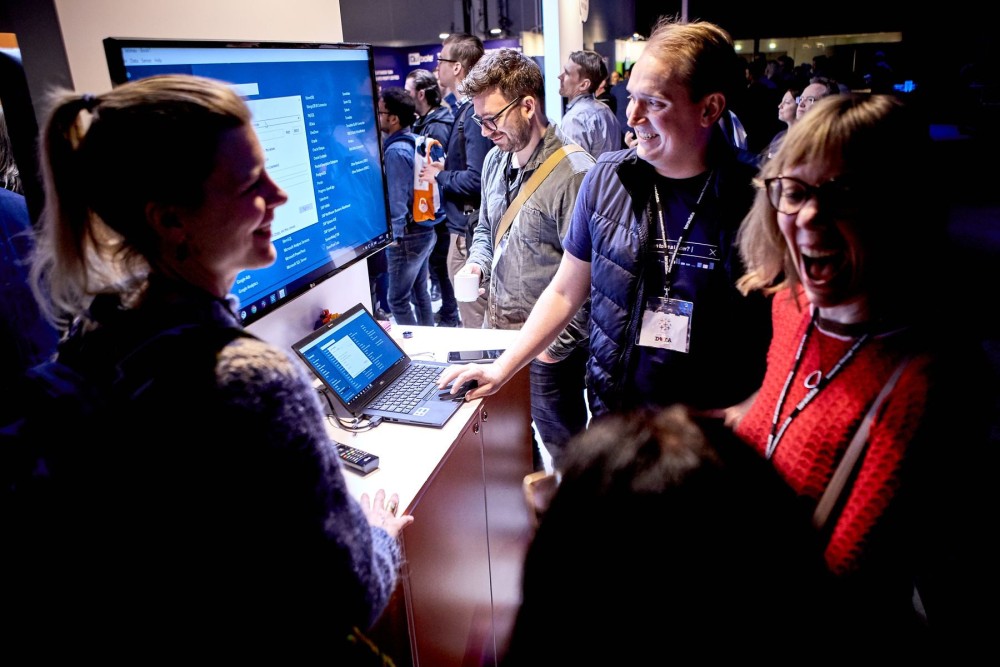

Even today, the number one challenge for any type of innovation topic is still “lack of vision and management support”. Data Science was not perceived as a function rather than a project that may or may not be used in production. As the event is for data and advanced analytics practitioners, everyone that we spoke with, they understood the value and the potential of data innovation. These are the pioneers of yesterday and the leaders of tomorrow. It was our job to create a platform where they can meet so together; we can create a broadcast that is loud enough for the other people in their organizations to hear and understand the need for data innovation. That is why, since the first event we have been recording all the sessions, publishing them online for free and trying to distribute them across the globe through our social media and our marketing affiliate programs. If the enterprise mission is to speed up the process of data innovation in their organizations, they need to make a path and space for these innovators to shape the future. Otherwise, what is the point of even trying? You cannot fight to remain the same while trying to change.
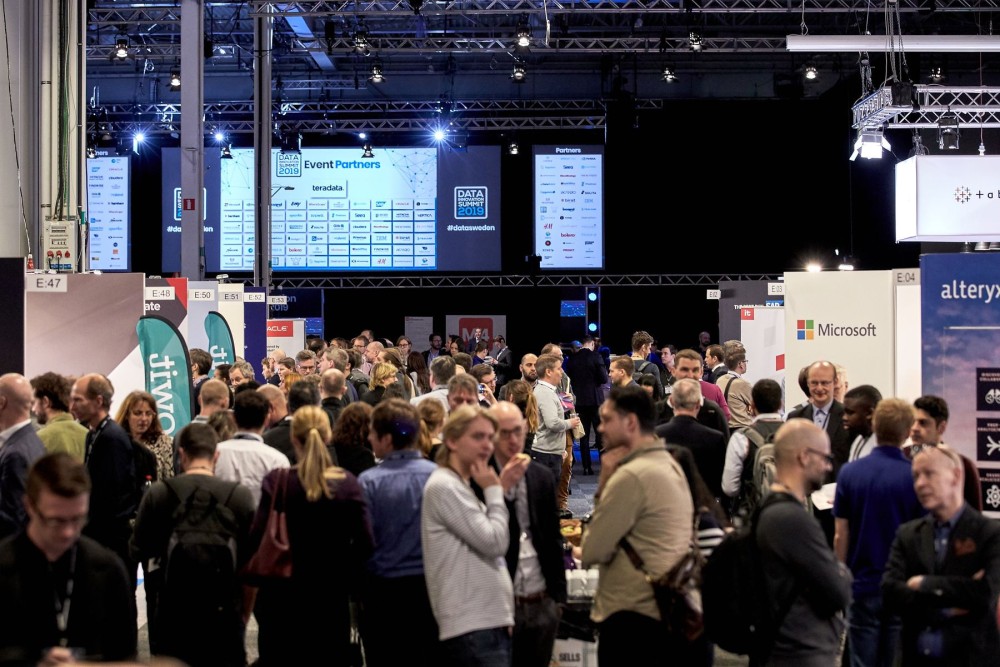

Hyperight: What are the most significant learnings/takeaways from these 5 years of the Data Innovation Summit journey for you?
Goran Cvetanovski: We have come so far since then. I would like to address the topic of data innovation and not the event, as the event will only grow as the field grows. We are here to serve the market and we will be here as long we keep on providing our value to that market. I am so grateful that I and we, as an organization, have the chance to be a part and to experience the growth in the area and its impact on any business and our society. I still believe that we have a lot to do and that we are just starting to see the effects of the work done in the past 5 years. If we want to reach our 2030 goals and impact humanity to better, we need to increase data literacy in our society. We need to speed up the process of taking innovation from project to production and help in generating new talent that will continue the work forward.
I honestly believe that the delegates that have been attending the summit in the past 5 years are the data innovation pioneers (DAIR LEGENDS) and ones that are setting the foundation for the future generation of innovators. As such, we also need to take responsibility for it as the power of data, and nowadays, Artificial Intelligence, cannot be taken lightly. There needs to be a consensus that the overall purpose of the innovation is to help and support the human and the society in this next industrial transition. We need to get to the basics of why we are innovating, and we cannot neglect the ethics and the security of it.
Finally, we need to learn that we can only speed up the maturity process if we dare to collaborate between divisions, organizations, industries, countries, and regions. There are so many great collaboration initiatives out there these days. It feels that we are starting to learn what this means for us and that all the challenges ahead can be easily addressed and solved only if we work together. That was the purpose of the Data Innovation Summit. I hope we did make an impact no matter how big and I am happy that we can continue to do so in future.

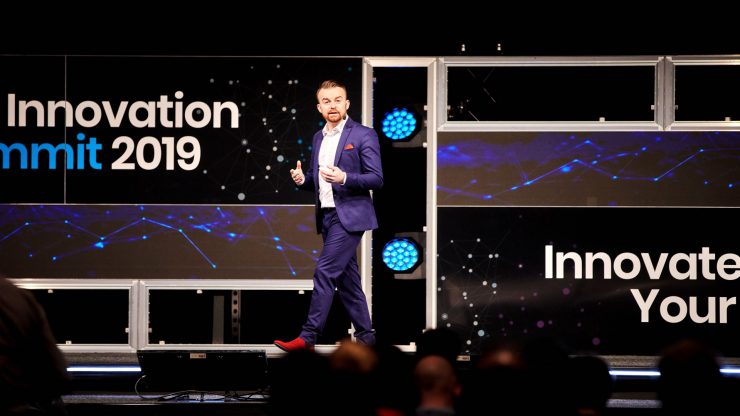












Add comment